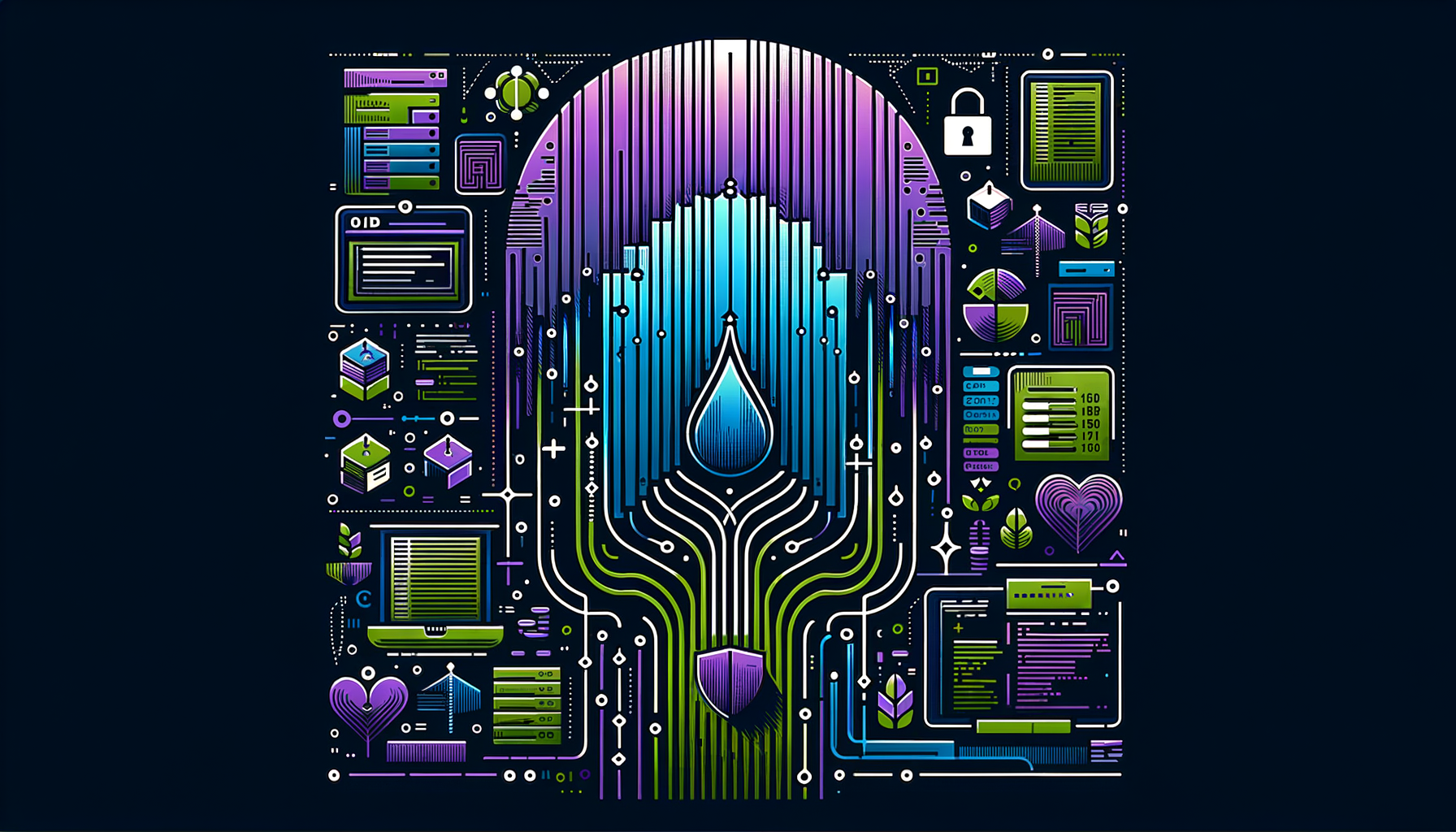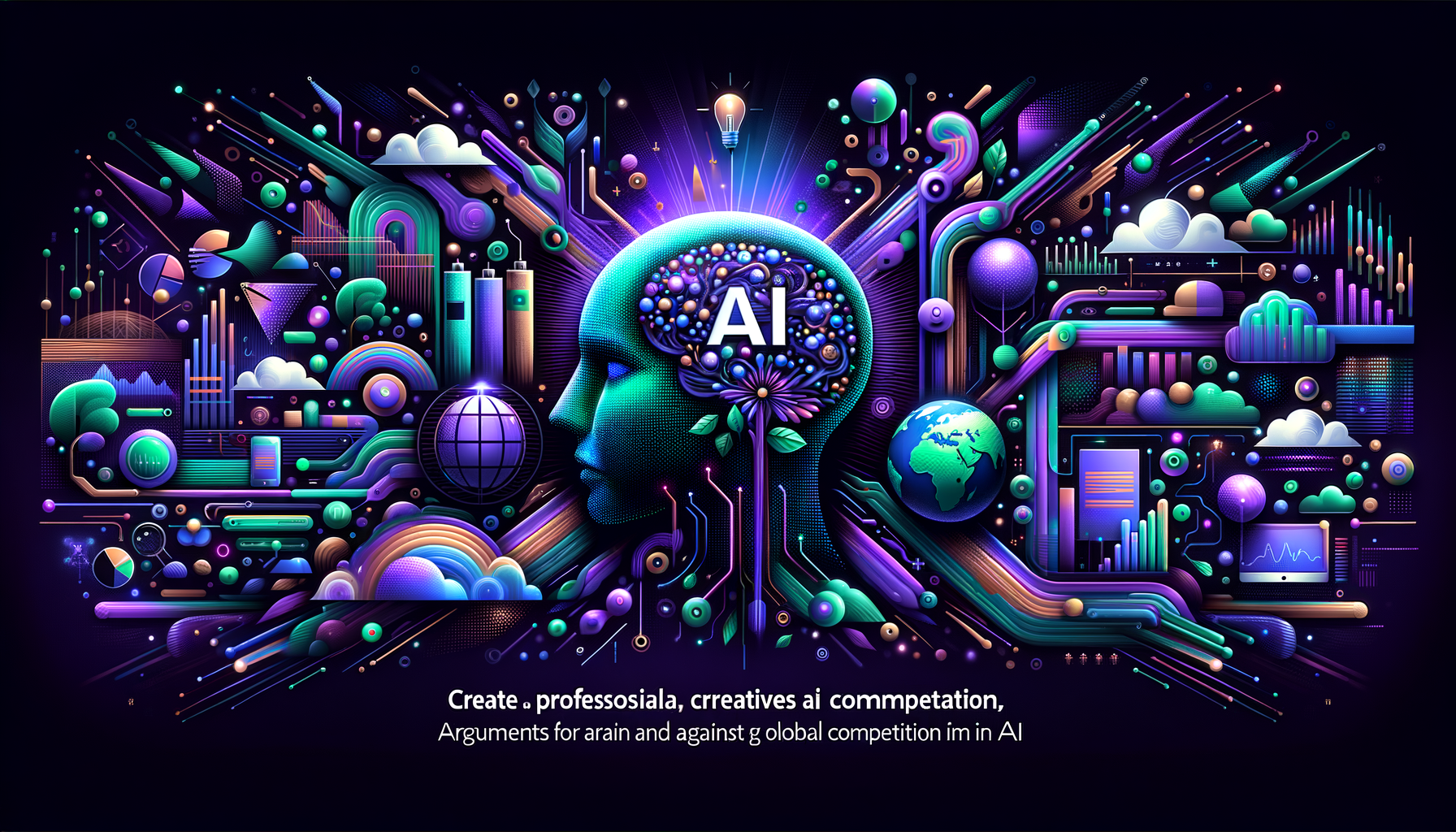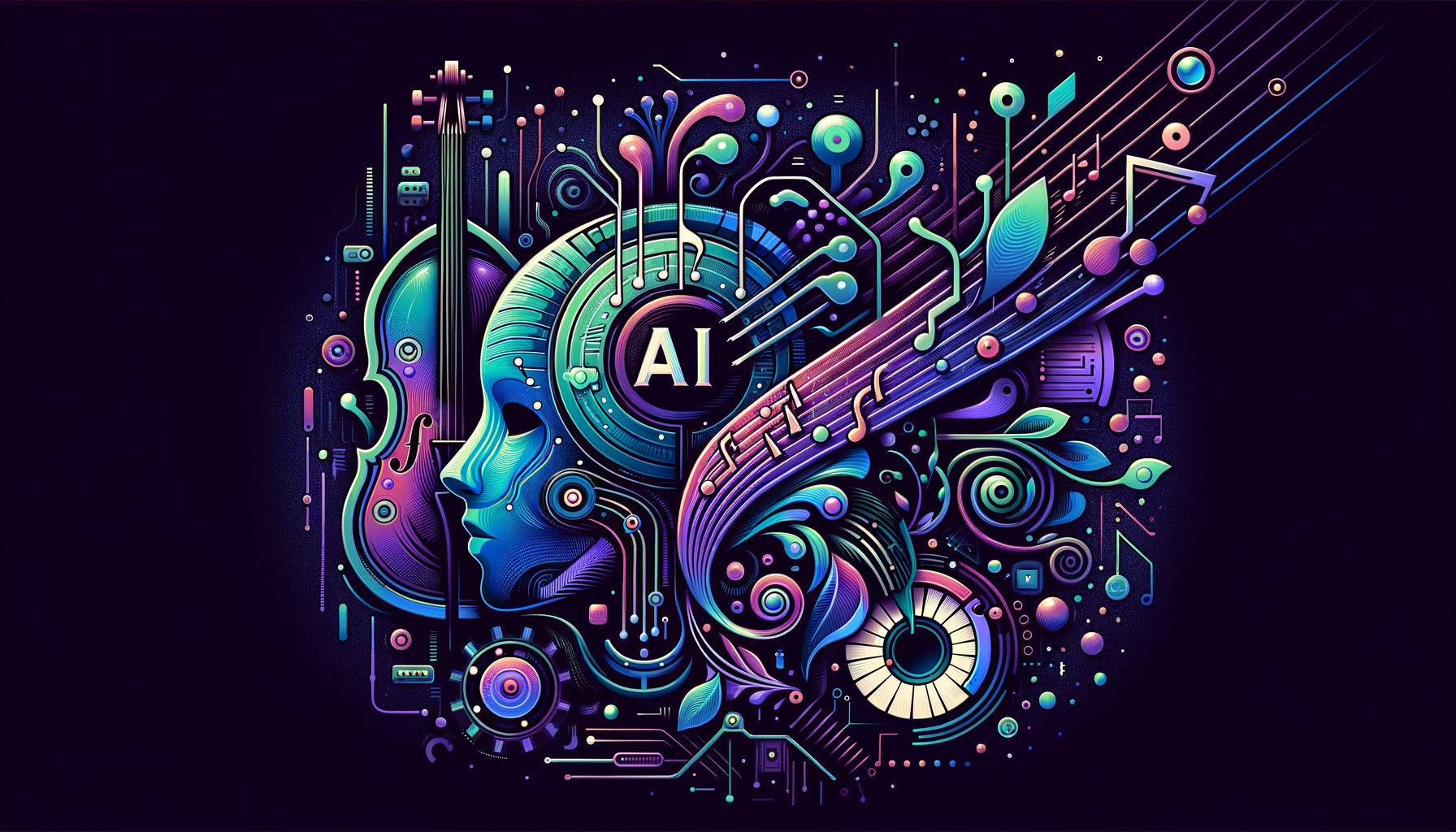The Rise of Deepfake Detection: Can We Trust What We See?
The digital landscape is evolving rapidly, and with it, the sophistication of cyber threats. One of the most insidious of these threats is the advent of deepfakes. To combat this growing menace, researchers are dedicating significant resources to deepfake detection, with efforts intensifying in labs worldwide. This detailed article will delve into the current state of deepfake detection, the challenges encountered, and the efforts being made to secure our digital future.
What Are Deepfakes?
Deepfakes are synthetic media in which a person in an existing image or video is replaced with someone else’s likeness. Leveraging advanced machine learning algorithms, particularly generative adversarial networks (GANs), deepfakes can create realistic and convincing fake videos and images. These have raised significant concerns about misinformation, privacy violations, and cybersecurity.
The Proliferation and Impact of Deepfakes
The proliferation of deepfake technology is alarming. According to a report by Deeptrace, the number of deepfake videos online doubled in the span of nine months in 2019. This exponential growth highlights the pressing need for effective detection mechanisms.
Deepfakes have multiple implications:
- Misinformation: Deepfakes can spread false information rapidly, making it difficult to distinguish between real and fake news.
- Privacy Violations: Creating non-consensual deepfake pornography involves unauthorized manipulation of individuals’ images.
- Cybersecurity Threats: Cybercriminals can use deepfakes for fraudulent activities, including corporate espionage and political manipulation.
Current Methods of Deepfake Detection
To tackle the deepfake menace, various detection methods are being employed:
1. Machine Learning Algorithms
Researchers are deploying machine learning algorithms capable of identifying inconsistencies within deepfake media. These algorithms analyze the digital fingerprints left by GANs, such as artifacts or unnatural movements, to detect forgeries. While this approach has shown promise, it is a cat-and-mouse game, as deepfake technology continues to advance.
2. Blockchain Technology
Blockchain technology is being explored for its potential in providing immutable records of media creation. By verifying the authenticity of a video or image at its point of origin, blockchain can serve as a tool against deepfake proliferation. However, widespread adoption and integration of blockchain solutions remain a challenge.
3. Human Monitoring
Despite technological advancements, human expertise remains crucial. Organizations like the Deepfake Detection Challenge by Facebook emphasize the role of human reviewers in flagging suspicious content. With the aid of automated tools, human analysts can cross-verify and provide a robust defense mechanism.
Challenges in Deepfake Detection
1. Rapid Technological Advancements
Deepfake technology is continuously evolving, making detection increasingly difficult. As algorithms become more sophisticated, keeping pace with detection techniques becomes a significant challenge.
2. Resource Intensive
Developing and maintaining deepfake detection systems requires considerable computational resources and expertise. Smaller organizations may struggle to implement these measures effectively.
3. False Positives and Negatives
Detection systems can suffer from inaccuracies, resulting in false positives (legitimate media flagged as fake) or false negatives (deepfakes passing as real). Striking a balance to minimize these errors is crucial for reliable detection.
Case Study: Deepfake Detection in the European Union
The European Union (EU) has recognized the threat posed by deepfakes and is actively implementing policies to combat their spread. The European Commission’s AI strategy emphasizes the need for trustworthy AI, including deepfake detection. Collaborative efforts like the “WeVerify” project integrate various verification tools to detect manipulated media effectively.
Future Directions in Deepfake Detection
1. Enhanced AI Algorithms
Researchers are focusing on developing more robust AI algorithms that can detect even the subtlest deepfakes. Leveraging techniques like deep learning and neural networks, future detection systems promise greater accuracy and reliability.
2. Public Awareness and Education
Raising public awareness about deepfakes is essential. By educating individuals and organizations on recognizing and reporting deepfakes, we can collectively mitigate their impact. Initiatives like media literacy programs and fact-checking resources are integral to this effort.
The Role of Hodeitek in Combating Deepfakes
At Hodeitek, we are at the forefront of cybersecurity solutions. Our comprehensive services encompass advanced threat detection and mitigation strategies, including deepfake detection. We understand the importance of staying ahead in the ever-evolving cyber landscape, providing our clients with cutting-edge technologies to safeguard their digital assets.
Conclusion
The rise of deepfakes presents a formidable challenge to the integrity of our digital world. Through continued research, technological innovation, and public awareness, we can develop effective strategies to combat this threat. At Hodeitek, we are committed to providing the solutions needed to protect against deepfake intrusions.
If you’re concerned about deepfakes and wish to secure your digital assets, contact us today to learn more about how we can help.
Call to Action
Stay informed and secure with Hodeitek’s advanced cybersecurity solutions. Whether you’re an individual or a business, our team is here to assist you in navigating the complexities of the digital landscape. Explore our services and discover how we can enhance your security posture. Don’t wait— reach out to us today and take the first step towards a safer digital future.






